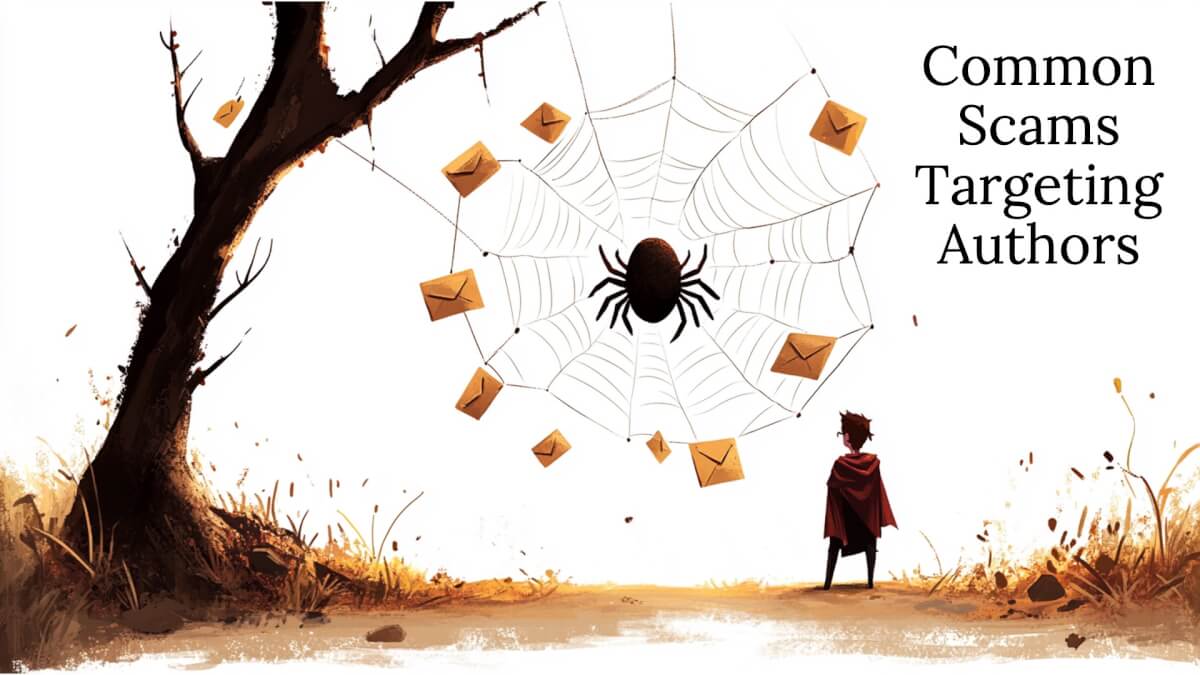Bits to Backups: Author Security in a Digital Age
In today's interconnected world, authors face unique challenges when it comes to protecting their work, accounts, and reputations. As authors, your work is your livelihood, and keeping it secure is paramount. This blog post is a comprehensive guide to enhancing your digital security practices so you can focus on what you do best: writing.
Why Security Matters for Authors
Authors, like everyone else, need to be acutely aware of online security issues. However, the stakes are even higher since your writing is not only your passion but also your business. Losing access to essential accounts or having your work compromised can result in significant financial and reputational damages, not to mention the peace of mind lost in such events.
Understanding the Threats
In the digital arena, authors are vulnerable to several threats:
- Online Deception: Scams, phishing attempts, and predatory services are rampant, aiming to lure you into sharing personal information or money.
- Account Security Risks: Hackers attempting to steal passwords to lock you out of your livelihood.
- Data Loss: Device theft, hardware failures, and accidental deletion could mean losing invaluable manuscripts.
- Reputational Threats: Online harassment and impersonation can damage your brand and relationships with readers.
- Copyright Concerns: Theft of your original work or unintentional copyright infringements.
Do you know the 7 most common scams targeting authors?
Watch our Author Safety & Security Training to Find Out!
This training includes an 8-step process to evaluate an offer to see if it's a scam, including a real example we were targeted with!
Laying Down the Basics
To improve your security posture, begin with foundational security measures, starting with your passwords:
- Account Security: Begin with strong, unique passwords for each account—avoid reuse at all costs.
- Two-Factor Authentication (2FA): Enhance account security by adding a second layer of verification.
- Password Managers: Utilize password managers for generating and storing complex passwords.
- Passkeys: These emerging technologies offer secure and password-free authentication methods.
Practical Steps to Enhance Your Security
What accounts would hurt you the most if you lost access to them? Are you keeping them safe? Follow these four steps to make it difficult for bad actors to steal your accounts:
- Assess Your Practices: Be honest about current security methods. Are you reusing passwords? Do you have 2FA enabled?
- Prioritize and Iterate: Focus first on securing accounts that, if compromised, would lead to the most damage.
- Adopt a Password Manager: Choose a manager, import your passwords, and update them to strong, unique ones.
- Secure Your Hardware: Regular updates and antivirus software are a must for protecting devices.
Securing Your Digital Life
Securing your digital presence is more than just securing online accounts. You should also consider:
- Email Security: Use separate, dedicated email addresses for specific purposes and vet links carefully.
- Device Security: Stay updated with your device's operating systems and consider full disk encryption for additional protection.
- Backups: Follow the 3-2-1 rule—three copies of your data, on two different media, with one offsite—to ensure you can recover in case of any loss.
Security is not a one-time fix but an ongoing process of improvement. Regularly review your security practices, stay informed about new security measures, and adjust your strategies accordingly. Your digital peace of mind is not just a safeguard—it's an investment in your writing career's future.
Stay safe and secure, and allow yourself to write with confidence, knowing that your digital life is well-protected.
Want more details, our specific recommendations for what to use, and some simple explanations for what all these terms mean? Watch training #571, which is part 1 of our author safety and security sessions, to see exactly what we use (and why) and to quiz yourself to see how many red flags you can spot in a suspect email.


